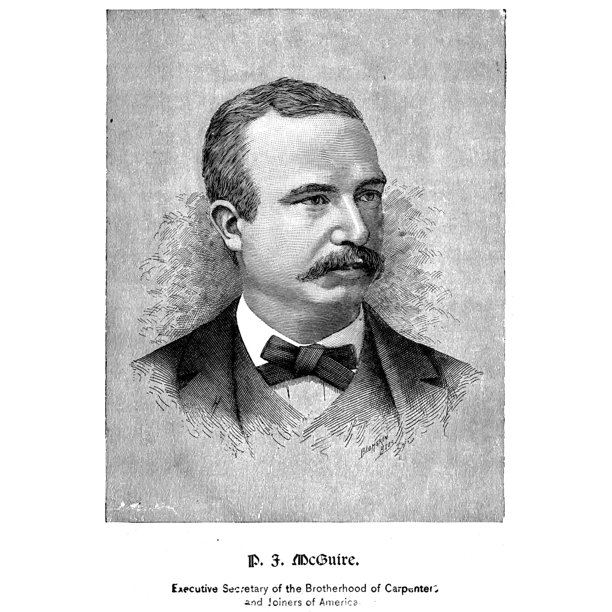Prior to the beginning of the Labor movement, conditions in American factories and mines were often deplorable during the 18th and 19th centuries. While some states had passed laws that prevented children from working, in some states children as young as 5 years old were working.

For many workers, conditions were also extremely unsafe and there were very few laws that limited how long a workday should be. The labor movement began as a way to address these issues. During the 18th century, the labor movement began fighting for better wages, safer working conditions, and end to child labor and providing health benefits for workers.
Labor Day (as well as Labour Day) can be traced all the way back to the late 19th century. This is when trade unions and labor movements all over the world pushed to get a day honoring labor passed in their respective countries. In the United States, Labor Day was first proposed as a September holiday between 1880 and 1890.
The idea was burrowed from Canada after American labor leader Peter McGuire witnessed labor festivals that had occurred in Toronto to fight for the rights of printers. He took the idea back to the United States and organized an American version of Labor Day. On September 5, 1882, the first official Labor Day Parade was held in New York City and was attended by over 10,000 workers.

In the U.S., Labor Day is an official federal holiday. This means that all government offices and schools, as well as many businesses, are closed on this day. In some parts of the country, public parades, firework displays and barbecues are organized. It is considered by many to be the unofficial end of summer – a time to have some fun before school resumes or before summer vacations end.
As a way to celebrate why not do a Self-Guided Walking Tour: Edenton’s story simply will not fit inside a single structure unless you want to forget about the original buildings that are part of this little town’s amazing contribution to the creation of the United States and to North Carolina. The contents go beyond buildings to include stories about amazing people who served as the first colonial Governor of North Carolina, told a King “NO,” signed the Declaration of Independence and the Constitution, helping to write both, created our first navy, served as George Washington’s appointee to the very first U. S. Supreme Court, many U. S. Senators, Representatives and Governors of North Carolina and of slaves who became highly respected freed real estate owners, carpenters, and builders of churches.
Without a building large enough to tell the story, we created a nice walk through the town connecting the sites. They are all original buildings, not re-creations here, this is the real thing. More information here.
Laura Goguet